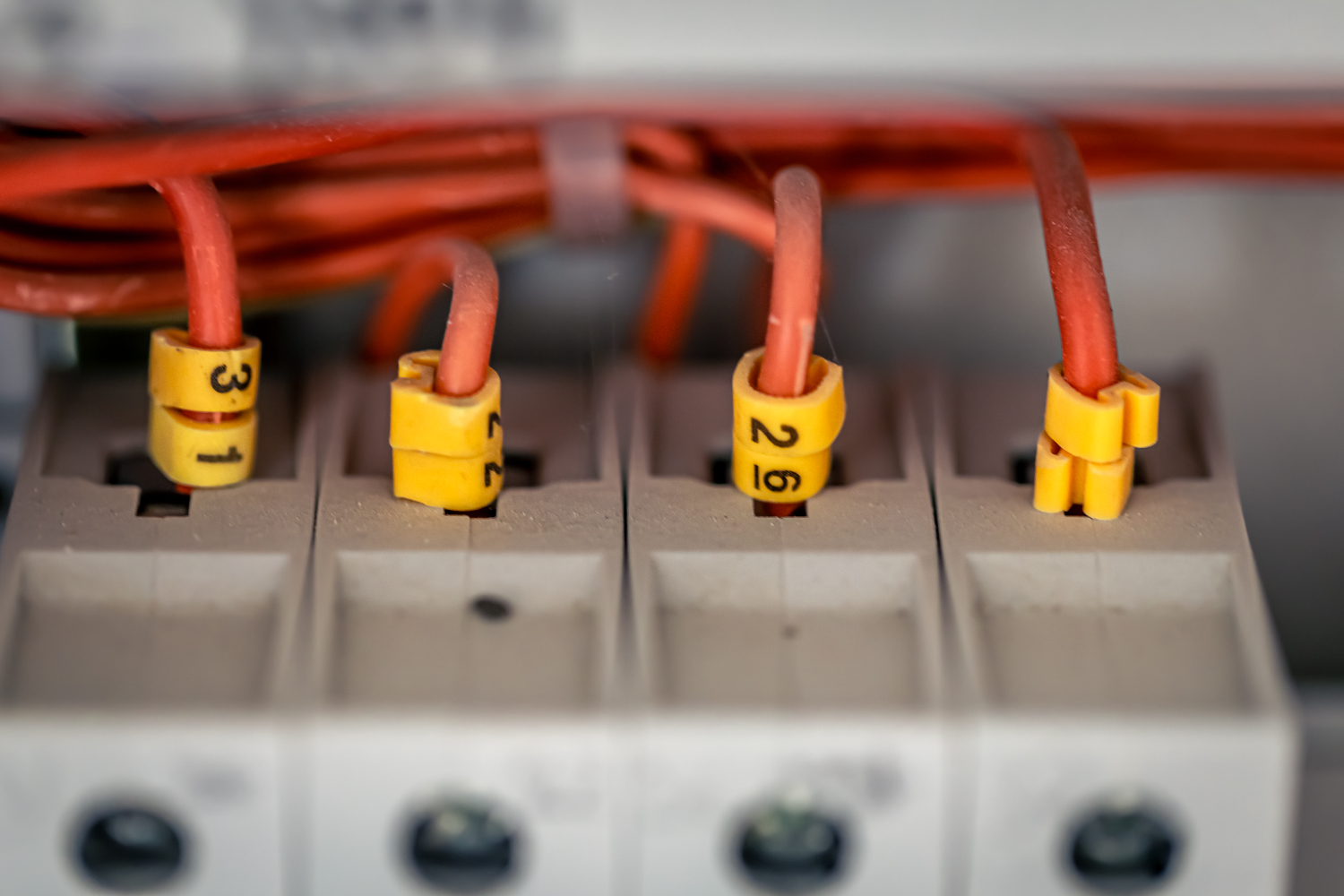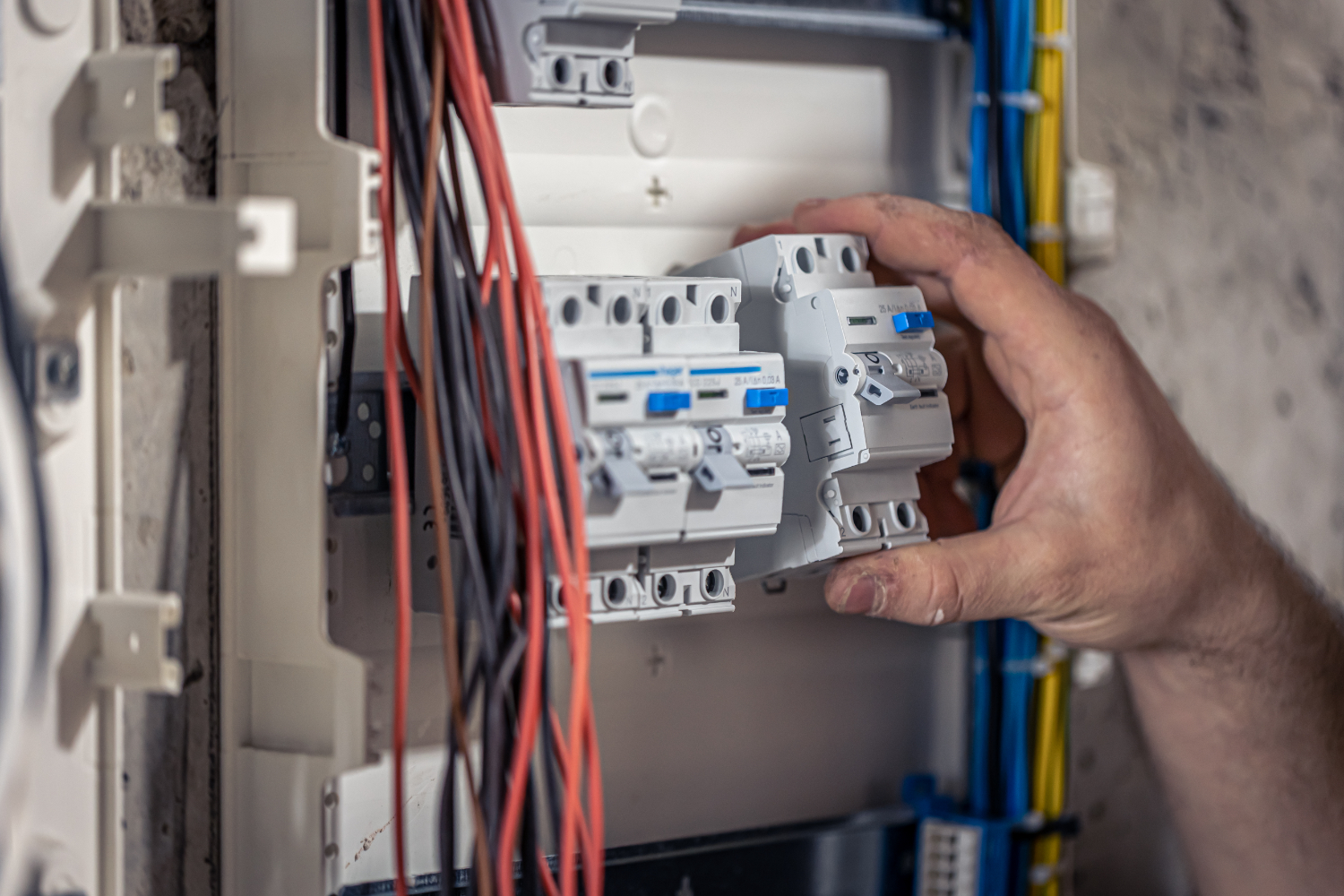Circuit breaker maintenance is essential to ensure your circuit breaker runs safely and correctly. Even if it seems to be working fine, underlying issues could lead to significant and dangerous problems. Even just regularly opening and closing your breaker can make a huge difference.
Why Circuit Breaker Maintenance Is Important
Circuit breakers prevent electrical surges and fires by cutting off the power to mitigate possible dangers. The breaker detects when levels become too high.
The maintenance of a circuit breaker is crucial to the safety of your building. The circuit breaker is responsible for the flow of electricity.
Routine maintenance ensures your circuit breaker is functioning at its best.
Circuit Breaker Components That Need Proper Maintenance
Given the variety of circuit breakers, circuit breaker maintenance procedures vary. Finding out which type of breaker you have will help you when performing maintenance. You will know what to look for and check. However, there are some similarities and critical components to remember when inspecting a circuit breaker:
- Arc chutes
- Moving contacts
- Stationary contacts
- Bolted electrical connections
Circuit Breaker Inspection and Guidelines
Some popular circuit breakers are the MCCB, which includes a molded case, and the LVPCB, which has low-voltage power. The maintenance procedure of these two breakers varies, and understanding their construction can help.
MCCBs contain a frame, operating mechanism, interrupting structure, terminal connections, and trip unit. These require little to no maintenance.
The five major components of LVPCBs are disconnects or stabs, contacts, arcs, an operating mechanism, and an overcurrent trip device. These are known as air-frame and draw-out circuit breakers.
Maintenance Schedule
Following a circuit breaker maintenance schedule is essential. A molded case circuit breaker will receive maintenance from the manufacturer at the plant. It requires little maintenance, and the need for preventative maintenance varies. Exercise your MCCBs at least once per year and perform a routine trip test every three to five years.
Examine your low-voltage power circuit breaker (LVPCB) every one to three years, especially if a current has been interrupted or is near your system’s rated capacity.
Maintenance Procedure And Checklist
-
Visual and Mechanical Inspection
- A visual inspection is an excellent way to identify physical problems with your breaker.
-
Electrical Tests
- The model of your breaker will determine the best electrical test for it.
-
Test Value Evaluation
- An evaluation allows you to see the efficiency of your testing.
-
Restoration
- Cleaning your breaker can help restore your circuit breaker and prevent problems.
-
Retesting and Certification
- You should retest your circuit breakers frequently to give you an idea of their status. Certification allows you to have third-party evidence that your breaker is in good shape.
-
Test Report
- Test reports give you detailed information about how your circuit breaker is performing.
For the Best Circuit Breaker Maintenance, Contact ESD
ESD will provide you with the best circuit breaker maintenance. We have over 10 years of experience working on all sorts of brands and models. Our company strives to keep customers satisfied by providing excellent and affordable service. We supply quickly and accurately. Call us today to request a quote.



